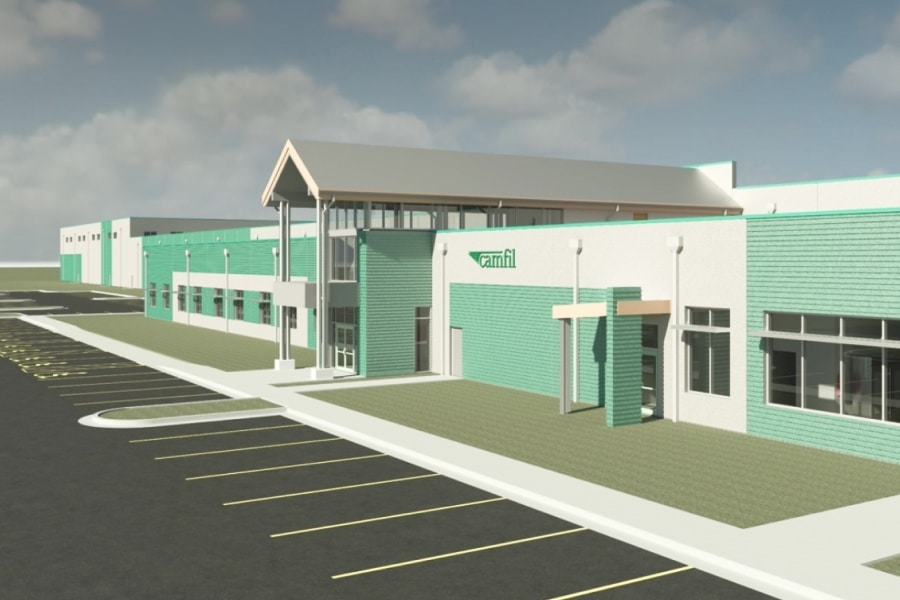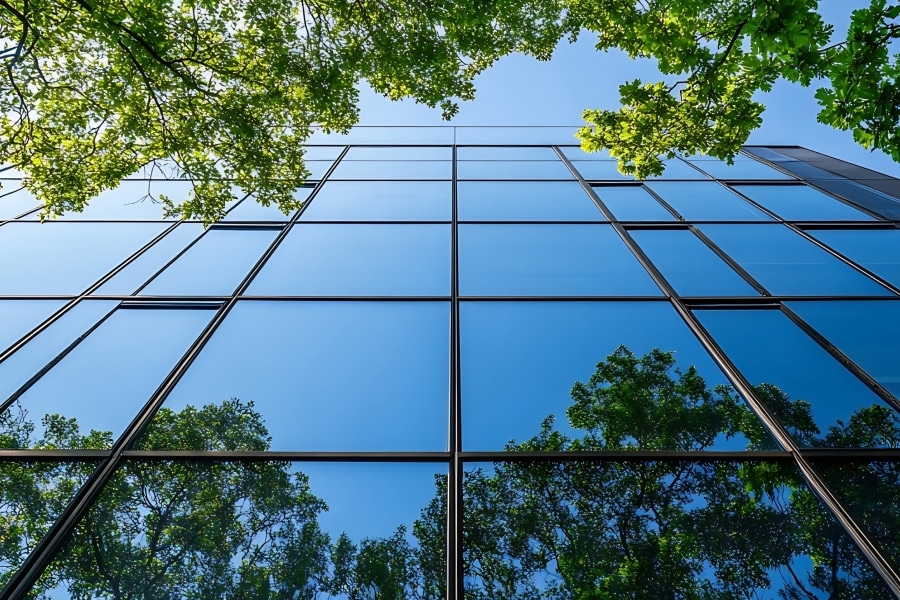Illustration by Kim Salt
Prior to the COVID-19 pandemic, the idea of full-time remote work applied to a tiny fraction of the global workforce. For much of the world, working from home was a virtual future seen only in movies.
Then COVID-19’s rapid spread shook the world, forcing companies to shift their workforces fully remote seemingly overnight. While many businesses shuttered completely because of the pandemic’s economic damage, many of those that remained scrambled to set up a full-time remote work infrastructure—not knowing if the arrangement would last weeks or years.
By June 2020, management committees around the world began to understand that their workforces were not just capable working from home—they were often more efficient. As a result, companies could operate with a smaller footprint, have happier employees and save money on real estate costs.
Major cities saw a decline in lease renewals. Expensive skyscrapers stood empty, while business continued as usual from the comfort of home offices. Some studies showed productivity remained largely unaffected by the quick shift to remote work.
Now, after more than a year of mostly remote work, and as COVID-19 vaccines start to reach critical mass, do employers allow some or all employees to continue working remote, or do they call everyone back into offices, hoping that pre-COVID normal returns?
Most companies are still grappling with such a decision. But two—Amazon and Salesforce—have already made public their opposing decisions. Both come with significant implications for the future of office space construction.
Salesforce: Redesign space for (mostly) remote work
Brent Hyder, Salesforce’s president and chief people officer, recently published a transparent piece regarding how the software company is handling the pandemic, as well as its plans for employees once it’s over.
Salesforce is embracing the new post-pandemic normal of remote work, while honoring the need for employees to engage and nurture those important face-to-face meetings and relationships.

To this end, the company’s post-pandemic spaces—including its San Francisco headquarters, Salesforce Tower—will function more like meeting hubs, fully outfitted to conduct meetings with those colleagues who choose to work in the office and those who sign in from a remote location. The company plans to scale back on its real estate footprint while providing a more solid infrastructure for those employees who remain fully remote.
Salesforce plans to offer private office space for those who handle sensitive work roles or with specific infrastructure needs. According to a recent Wall Street Journal article, however, the remaining workspace will cater to a workforce that conducts business largely from their own home offices and comes into the company’s office only for specific meetings or collaborations.

Post-pandemic renderings of the Salesforce site reveal collaboration-based spaces that include open-air conference areas, café-style meeting hubs and private nooks. These workspaces place an emphasis on social distancing and the ability to maintain a clean office environment. Spaces for deep work include private booths that line a wall and face opposite a larger, open meeting space for collaborating.
Amazon: Bringing employees back for in-person, critical interactions
Overshadowed by Jeff Bezos’ announcement that he was stepping down as Amazon’s CEO were the jaw-dropping designs the company released shortly thereafter for its “HQ2,” a stunning campus in Arlington, Virginia, not far from Washington, D.C., that the online retailer plans to break ground on in the year ahead.
Amazon has re-affirmed its commitment to in-person work after the pandemic, and the company’s vast investments in office space—including its $2.5 billion Virginia campus—show why.
Although Amazon maintains some of its employees will work remote, its HQ2 ushers in a new trend of consideration regarding in-person employee happiness and community. The 2.8-million-square-foot project, which the company says will open in the years ahead, will be composed of three office buildings that will run on 100% renewable energy. Outdoor spaces that will be accessible to the public will host farmers markets, outdoor performances and other entertainment.
The most eye-catching structure is called “the Helix.” Inspired by humanity’s connection to nature, the structure will contain alternative workspaces that Amazon employees can use for meetings or to simply get away from their desks. Two walking paths that loop to the top of the structure will feature native plants found in the Blue Ridge Mountains.
Amazon’s designs offer more than a clear departure from the cubicles of yore and the open space plans traditional of technology companies. It shines a light on the fact that employee mental and physical health play a significant factor in a company’s productivity and success.
Forging the future
Whether you’re Salesforce, planning for a mostly remote future focused on creating spaces for meetings and occasional collaboration, or Amazon, intent on bringing most of your workforce back into stunning, state-of-the-art facilities, the post-pandemic office will seemingly provide office contractors a unique opportunity.












